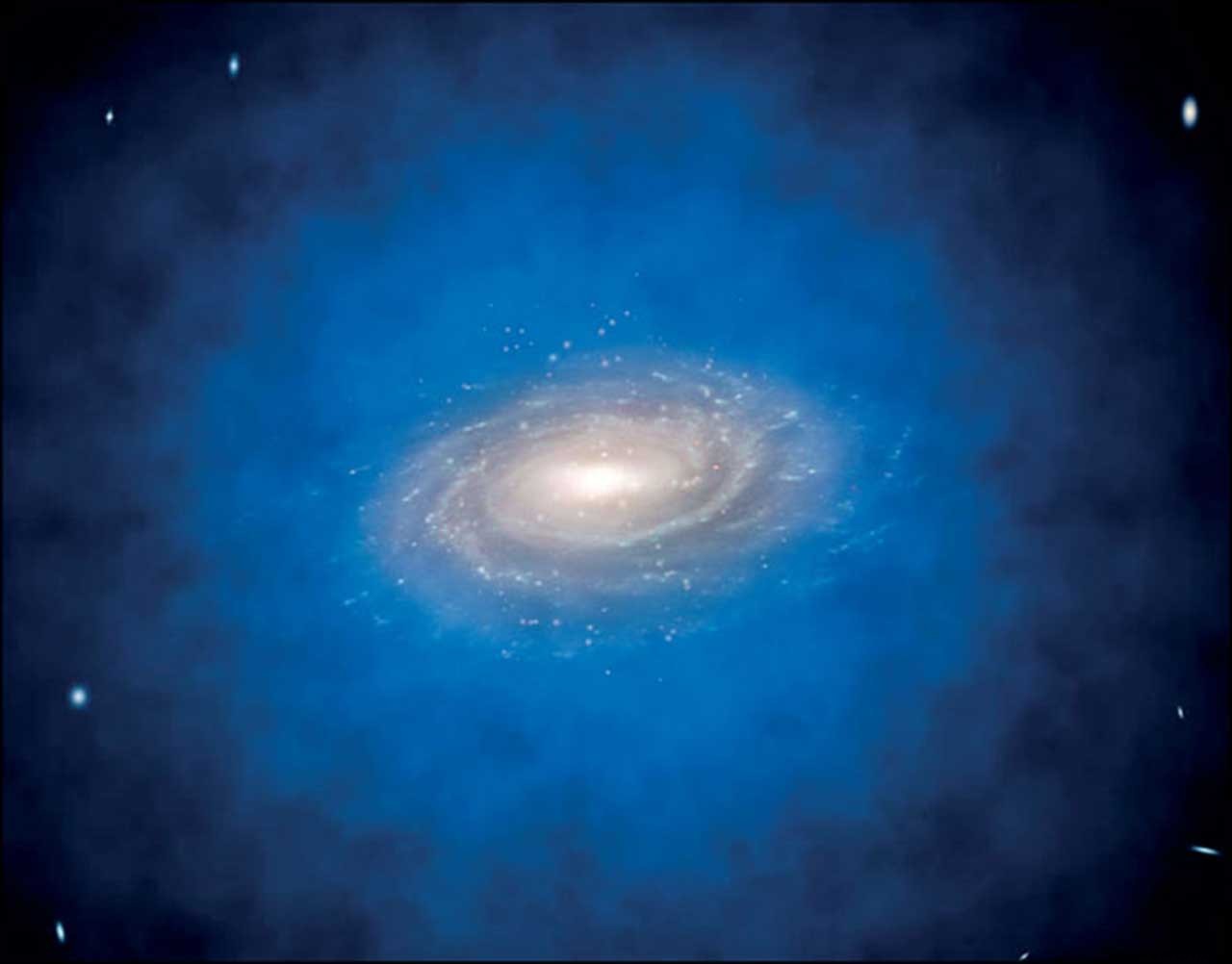How did supermassive black holes first form? This is the puzzle that scientists are trying to solve to understand the evolution of galaxies. Rather than conventional formation scenarios, a new theoretical study proposes a novel mechanism for creating supermassive black holes from dark matter.
Before you get a black hole, you normally have to go through the "massive star" box. The standard formation models indeed all involve baryonic matter collapsing in on itself to form "gravitational wells" which then expand over time.
However, we observe the presence of supermassive black holes just a few hundred million years after the creation of the Universe. Their formation still remains mysterious, as at those times the "seeds" left by the first stars were not believed to be large enough to give rise to such cosmic ogres. The big question is:how did they appear?
Some researchers have previously proposed the idea that sufficiently massive clouds of gas and dust can end up collapsing directly in on themselves, eventually giving rise to black holes bypassing the "stars" box.
As part of new theoretical work, astronomers offer another alternative. According to them, some early supermassive black holes could form directly from dark matter in high-density regions of galactic centers.
Dark matter is one of the greatest mysteries of modern astrophysics. We know it exists by the gravitational influence it exerts on its surroundings, but we don't yet know its composition. This material being unfortunately insensitive to the electromagnetic force, it cannot absorb, reflect or emit light. That is why it is invisible to us.
And there are many! The baryonic matter, called "ordinary" (the one that makes up your body like that of the stars and planets) represents in fact less than 5% of all matter in the Universe, versus about 26.8% dark matter (the rest is dark energy).
That being said, this new research proposes the potential existence of stable galactic nuclei made of dark matter and surrounded by a halo of dilute dark matter, finding that the cores of these structures could become so concentrated that they could also collapse into supermassive black holes from a critical threshold.

Depending on the model, forming black holes like this could occur much faster than by other proposed formation mechanisms, and thus allow these supermassive ogres to form in the early Universe without requiring prior star formation.
This work is published in the Monthly Notices of the Royal Astronomical Society .